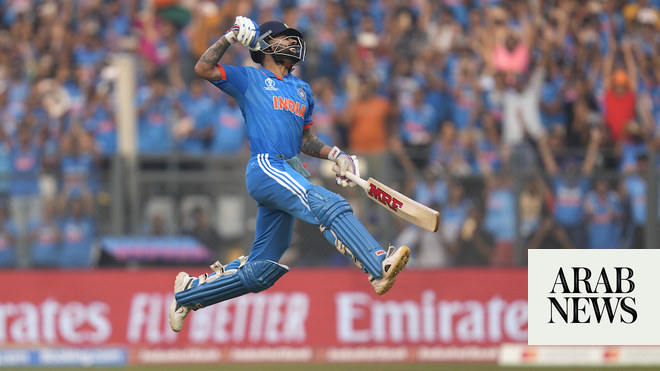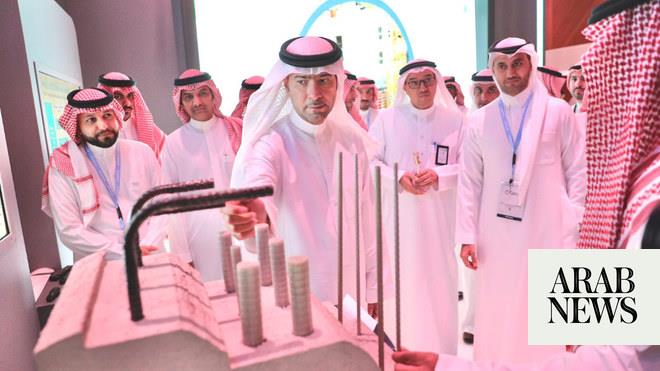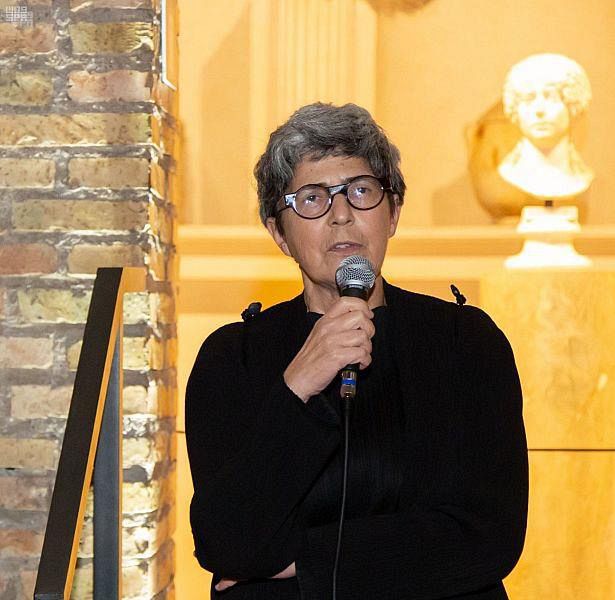
Cricket’s traditions run deep and mirror changes in society, culture and political power, and its artefacts give living substance to those changes and the people who shaped them
There are no signs. In fact, there are no clues that within the given address at the top of a residential street, lies a cricket museum.
The address simply states the third floor of a named apartment block. This is in Sahakara Nagar, about an hour’s drive from the western part of the Indian city of Pune.
There is no one to ask if this is the right place to resolve my quest to visit what has been rated as the world’s largest cricket museum. I have a booked appointment with Rohan Pate, the founder and driving force behind the Blades of Glory Museum.
Eventually, I spy a security guard in a glass-fronted lookout post. He confirms that I am in the right place and that I should take the lift to the third floor. On entering the museum, I am told that Pate is with the Australian team in their hotel in central Pune, but he will return to meet me.
Having just experienced the journey, I brace myself for a wait. In the meantime, I am shown around the museum, which occupies an apartment in one of two blocks developed by the Pate family’s real estate business.
There are real treasures on display to delight any cricket aficionado. Bats wielded by the scorers of triple centuries in men’s Test matches have a prominent place. The display serves as a reminder of how the thickness of bats has changed since Andrew Sandham of Surrey and England scored the first triple hundred in 1930. It took until 1974 for another 10 players to achieve the feat. Since then, the landmark has been breached on 20 occasions.
There is a zone dedicated to Sachin Tendulkar, India’s cricketing icon. It was a present by Tendulkar of one his bats that kindled Pate’s fire to capture other cricketing memorabilia. Another zone celebrates Virat Kohli’s career in numbers. These have required regular updating during the World Cup. There are future plans for expansion of the women’s section. Space is an issue. In the public viewing area, there are about 2,000 items on display, with little room for more, unless different utilization of the space is made. Between 100 and 200 people visit each week, depending on the time of year. There has to be sufficient room for them to view in comfort.
All cricket museums require space to house and display items, and allow unimpeded access for visitors. Most are inside cricket grounds. They generate small, if any, revenue streams. Commercially minded administrators will argue that the space allocated to a museum could generate much more income if used by a different function. Visitors to in-ground museums tend to visit on days when cricket is being played. In some grounds, museums are located in member-only areas, thereby limiting the potential market.
Pate has a different set of issues to deal with. He spends only a fraction of his time on the museum, real estate being his main business. Income generation by the museum is not a prerequisite. A small fee of 200 rupees ($2.40) is asked for to help with upkeep. More pressing matters are location and generating enhanced exposure of his burgeoning collection. The enormity of this shocks the eyes on entry to the “storeroom.” Sited in another apartment in the adjacent block, this treasure trove contains more than 50,000 items.
There are more signed bats and balls, an array of shirts, sweaters, boots, pads, helmets, caps and books. My guide through this cricket memorabilia wonderland is Phil Daniels. Before his association with the Blades of Glory, he was involved with a cricket heritage center in Granada, West Indies. This contained rare West Indies cricket artefacts dating back to the late 19th century, including bats, caps, letters, medals, photos and tour brochures which explored the social history of cricket in the Caribbean.
Hence, it was not a surprise to learn that touring blazers worn by West Indian cricketers take pride of place in the stored collection. One item belonged to Rohan Kanhai, whom Phil and I discovered ranks among our favorite cricketers and after whom, I believe, Rohan Pate was named. In the storeroom is a curated set of items that are due to be moved to another location within India that will offer greater exposure for a part of Pate’s collection. In a way, he has been too successful in acquiring this fabulous array of cricketing history. Items are being added regularly, almost daily during the World Cup, through contacts made with visiting teams, which pledge more pieces of equipment. Pate’s problem is what to do with it all.
He is seeking arrangements with cricket associations in India to display a collection of items in their stadiums. He is also looking to do the same internationally. The global pandemic curtailed the realization of several possibilities, as funding plans were reassessed and uncertainty existed over future accessibility at stadiums. While the latter has been resolved, the perennial issue of space allocation for low income-generating activity remains. This raises the question of what is the value of a cricket museum and the memorabilia that it contains?
The words conjure up images of dusty artefacts, having meaning only to those whose best days are behind them, visited by sad people riddled with nostalgia. Cricket is a sport whose traditions run deep and which mirrors changes in society, culture and political power. Its artefacts give living substance to those changes and the individuals who shaped them.
Pate holds cricket gold dust. He knows that it needs to be shared more widely, but how? The website tells stories of great cricketing events and legends of the game. International cricket venues offer hope for collaboration. Surely, the answer lies in technology, through the creation of digital media, unrestricted by physical location. Legends and static artefacts can be brought to life through curated stories made available on selected channels and locations around the world for audiences both old and new.












